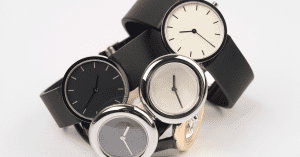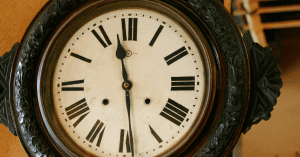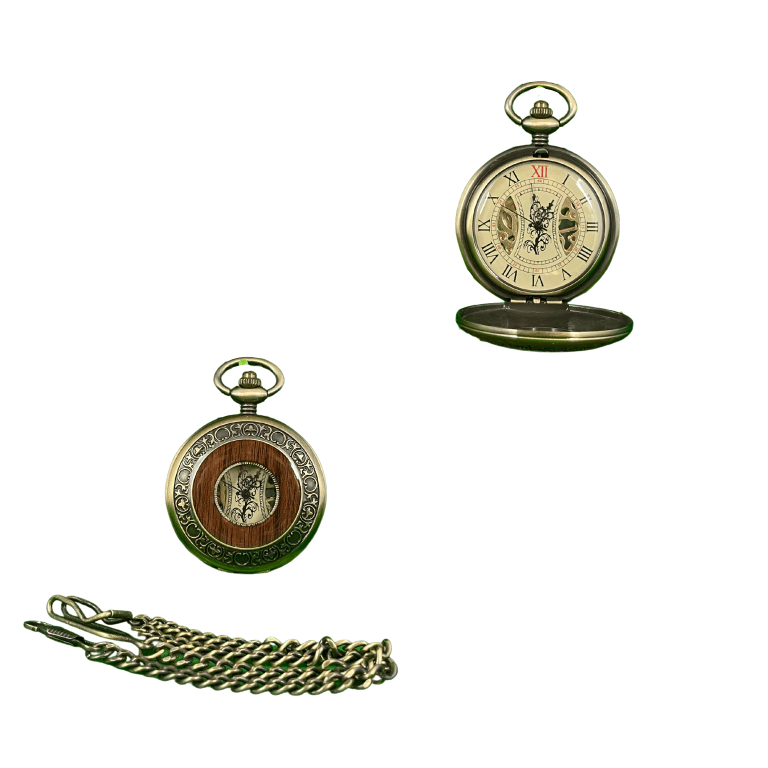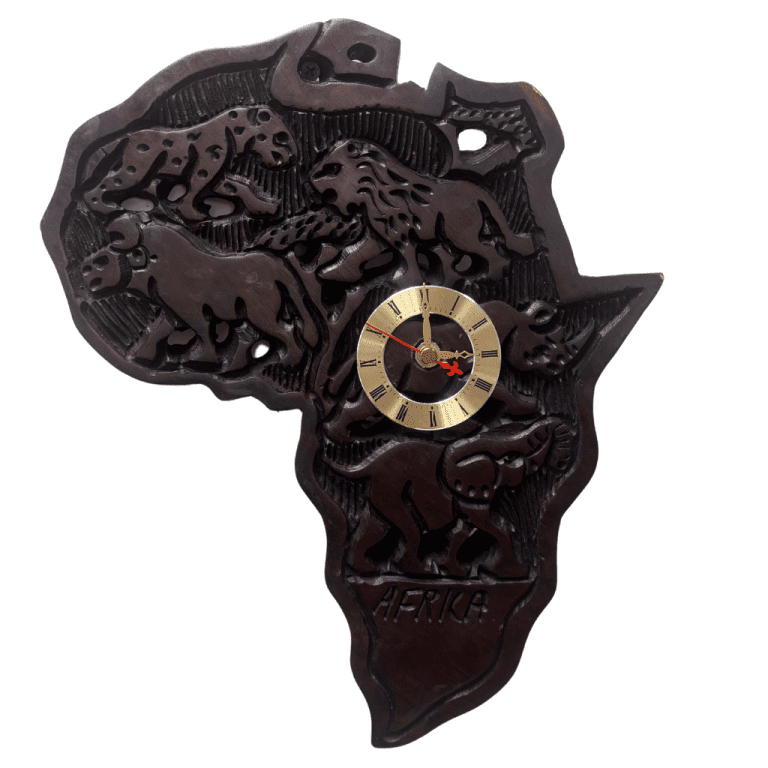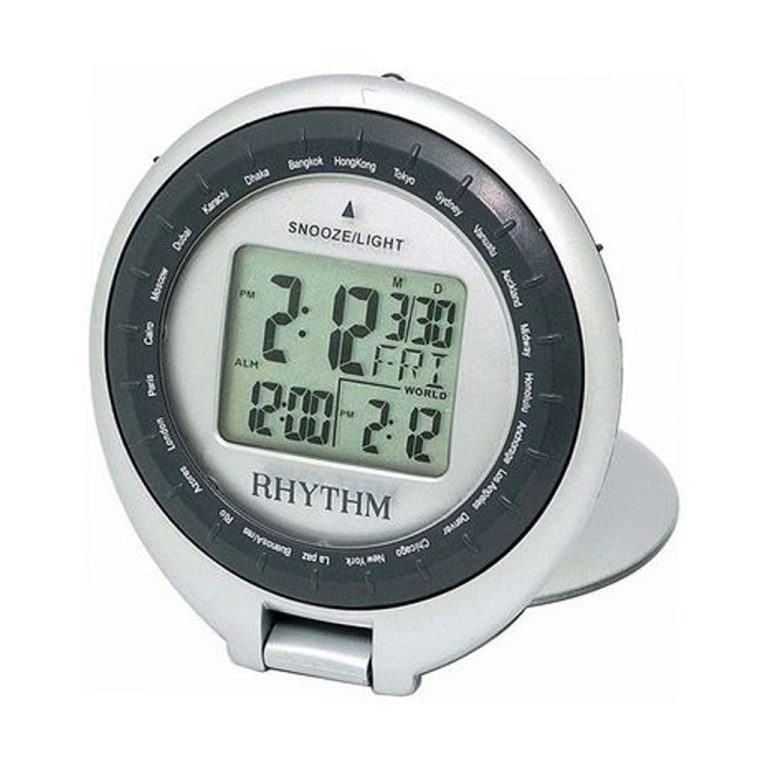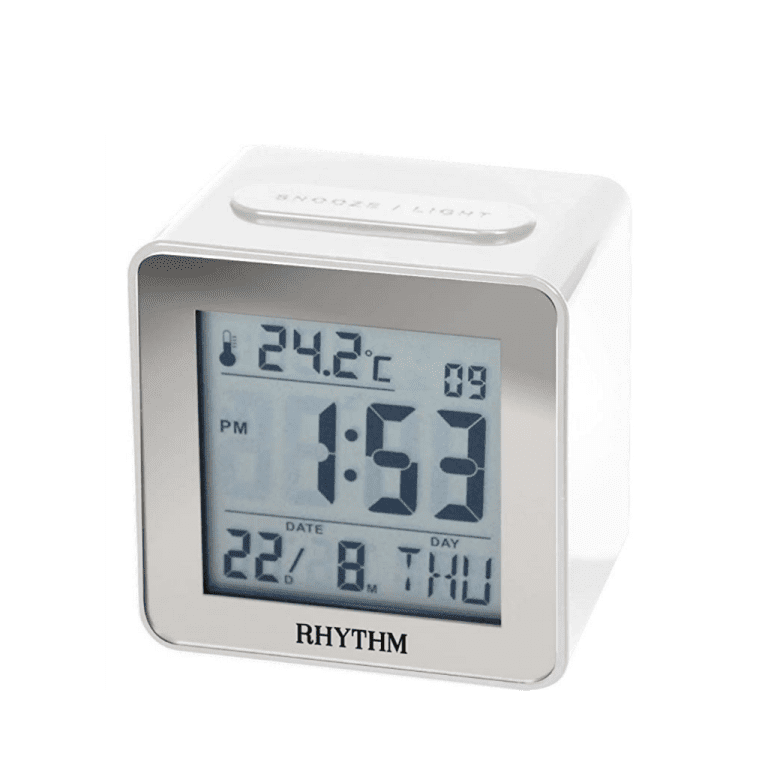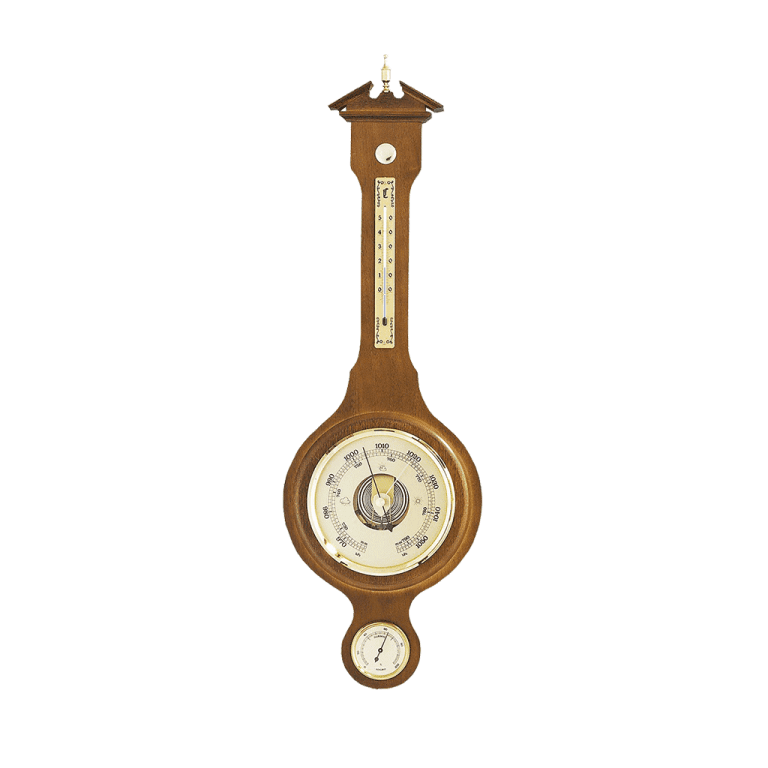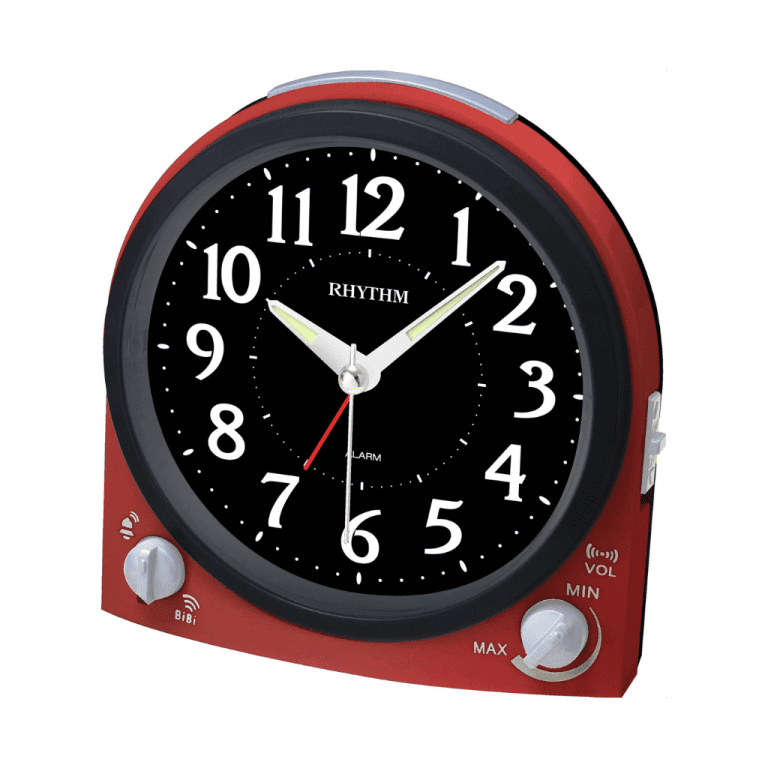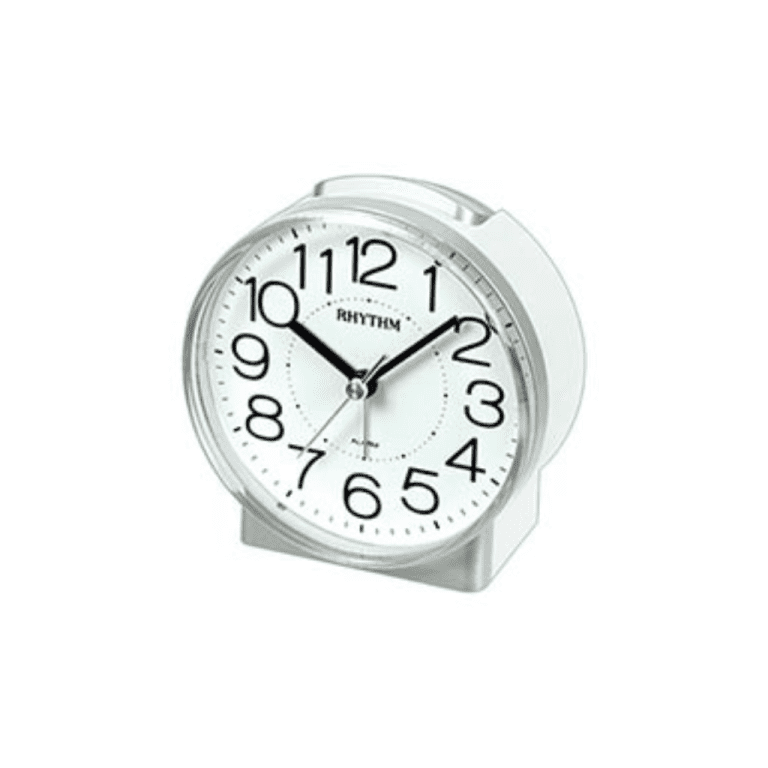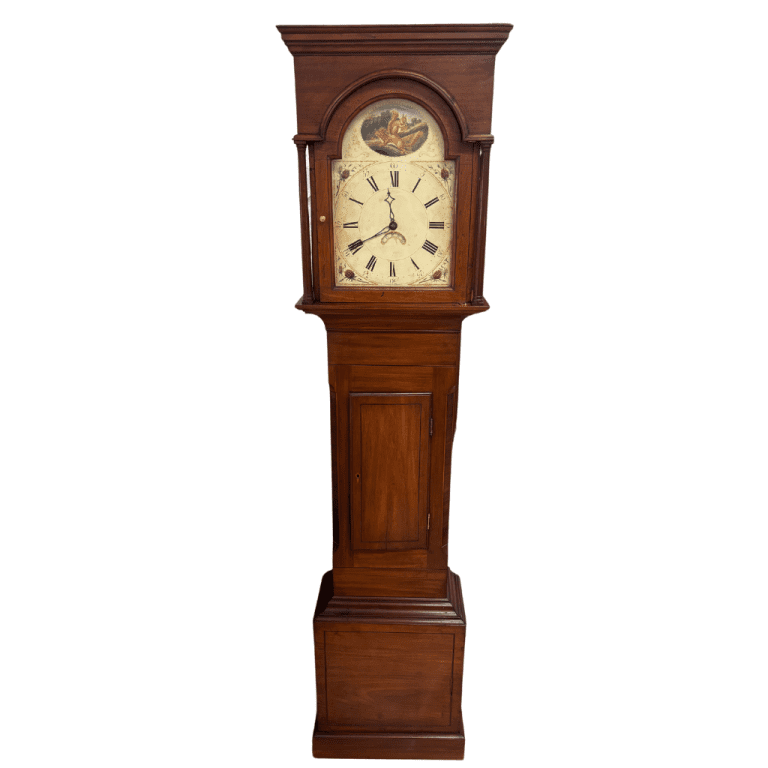As is the case with many other fashions, the history of women’s wristwatches is relatively recent. For a long time, men were the focus of new fashions and trends. Men had the freedom to spend money on new items and show them off at large social events. Historically, women were not allowed much space for individuality. This led to women’s fashion trends came as somewhat of an afterthought for designers. Due to this, women’s wristwatches were not truly popularised until the last century. However, now many watch brands claim that they were the first to produce and popularise women’s wristwatches. Ladies’ timepieces have become a core component in contemporary fashions.
The Origins of the Women’s Wristwatch
When portable watches were first popularised, they came in the form of the pocket watch. Watchmakers had learnt how to miniaturise the mechanisms of clocks into a small, palm-sized case that could easily be slipped into a pocket. The pocket watch became a huge trend with many men, especially those of higher classes, wearing them. However, this trend did not translate to women’s fashion. The elaborate dresses that were worn by upper class women were not designed with pockets. It was not believed that women required functionality from their clothing, as they were merely a pretty sight to be enjoyed. Without pockets, women did not have anywhere to store a pocket watch, so this trend passed them by.
Over time, designers and women became aware of the desire ladies had to have their own timepiece. They began to thread pocket watches onto necklaces, brooches and bracelets, taking an item that was already mainstream amongst men and adapting it to their own unique styles and requirements. This ingenuity from the women proved that they required their own watches to manage their own time. It was noticed by watch manufacturers, and the journey to producing wristwatches especially for women began.
Early Women’s Wristwatches
It is believed that the first ever women’s wristwatch was created in 1810 by Breguet. The brand’s timepieces are still considered to be the height on luxury and sell for very high prices. The wristwatch was comprised of a pocket watch that had been adapted to be attached to a bracelet, allowing it to be worn upon the wrist. It was created for Caroline Murat, the Queen of Naples. At this time, Breguet would take orders for commission pieces. This service was to aid those who could not find a timepiece to suit them in the pre-existing catalogue. The brand still have record of Caroline Murat’s order for a watch that is mounted upon a bracelet. This order provides physical evidence that is integral to the history of women’s wristwatches.
This iconic timepiece inspired many other watchmakers, and they too began creating wristwatches especially for women. However, these watches came with quite a significant price tag. This made them inaccessible for the majority of the population. Due to this, wristwatches were only worn by aristocratic women and women of the European Royal Courts. This made the watches incredibly desirable as these women were seen as fashion icons and were idolised by many. The watchmaker Patek Philippe rose to fame during the formative years of the history of women’s wristwatches. The brand’s name became widely known after they produced a wristwatch for the Countess of Koscowitz of Hungary in 1868. Queen Victoria also owned two Patek Philippe wristwatches, spreading the word of the brand and the fashion amongst her followers.
t was not until the end of the 19th century that women’s wristwatches were to become mainstream. As their popularity rose, more watchmakers began to create them, gradually making them more accessible to the wider population rather than merely the aristocratic classes.
Women’s Wristwatches Throughout the 1900s
1900s – 1940s
By the start of the 1900s, many watch brands had warmed to the idea of creating wristwatches exclusively for women. Gradually these timepieces were making their way to mass market, although they were still seen as luxury items. The 1900s was an incredibly turbulent time and watchmakers had to adapt to the trials that this decade brought.
Throughout the 1920s, art deco design was incredibly popular. This translated into watchmaking as many craftsman were inspired by the call for beautiful and decorative ladies’ watches. Dials were often made to be very small to allow more space for jewels and decorative elements on the watch. It was during this period that Jaeger-LeCoultre created the Calibre 101 which used one of the smallest mechanical movements in the world. This push for creativity continued into the 1930s as the demand for bold and expressive designs remained strong. Longines were very successful during this decade with their collection of opulent timepieces.
However, wartime brought a lull in the horological market. Luxury watches were not a necessity, so many people were not interested in the jewel-set, elaborately engraved timepieces of the previous decade. There was a demand for more practical and robust timepieces. Watchmakers answered this demand by creating more simple watches that were more suitable for daily wear.
1950s – Now
After the war, watch wearers made a gradual return to the opulent timepieces that were enjoyed before the war began. However, the requirement for practicality would not entirely disappear. As travel by both air and rail became more common, women needed precise and reliable watches that would ensure that they would never be late. Watchmakers noticed this trend and began to include additional complications in their ladies’ watches. These features included things such as world timers and alarm functions.
Moving into the 1960s, creativity in watchmaking made a big comeback. The bold and extravagant fashions of the 1960s translated seamlessly into watchmaking. It allowed the craftsmen to be playful in their designs and create items of jewellery rather than simply practical time telling devices. A huge variety of women’s watches were produced throughout this decade. They ranged from the daintiest of bracelets to bold and bulky cuff watches. The 1970s brought great change in the horological industry with the beginning of the Quartz Crisis. Many brands were able to adapt to this new era of watchmaking, but unfortunately many others suffered greatly. The new technology inspired watchmakers to build watches with futuristic designs.
The powerful career woman became an icon of the 1980s, and watch design was heavily influenced by this figure. Practical and elegant watches were required for day-to-day business attire, so this became the trend of the decade. As the 1990s began, many women did not feel a requirement for wristwatches. Modern technologies meant that they were surrounded by clocks, in their cars and on computers. However, fortunately for watchmakers, this meant that many reverted back to the luxury, mechanical timepieces. As practicality was no longer to sole requirement of a wristwatch, opulence and tradition could become the focus.
Credited to:https://www.firstclasswatches.co.uk/



